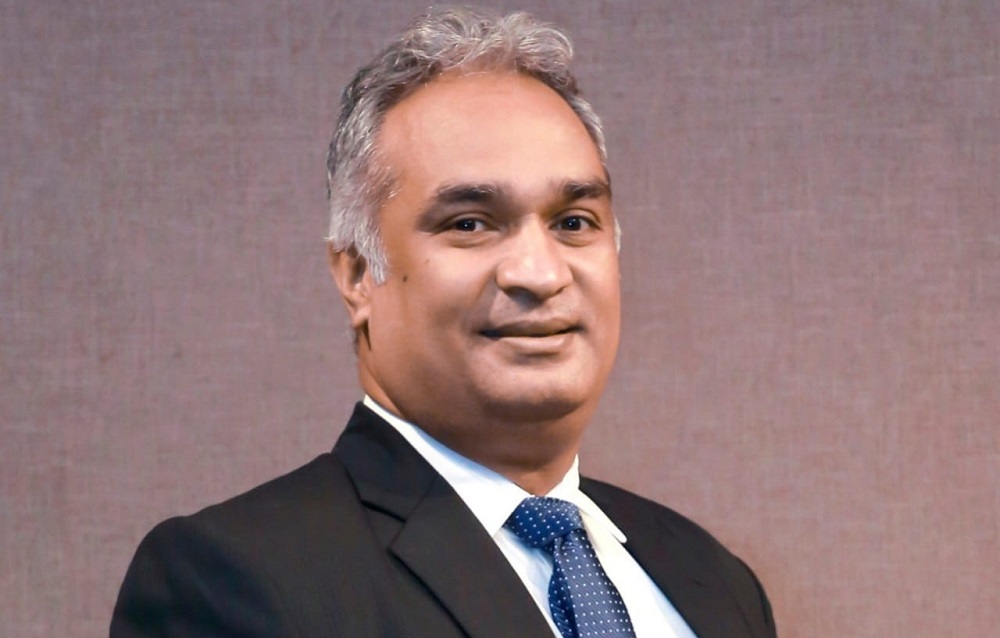
By Indika De Zoysa
As a parent, I often find myself straddling two worlds. One is grounded in the values I was raised with—structure, face-to-face connection, measured exposure to the outside world. The other is the reality my child is growing up in; vast, borderless, and deeply intertwined with the digital. What was once supplementary is now foundational. Social media isn’t a phase or a passing trend. It is the modern town square, classroom, and, increasingly, workplace.
And so, we arrive at the inevitable truth: raising children today is a far more complex endeavor than it was even a decade ago.
The double-edged sword of social media
Social media, at its best, is a reflection of societal progress. It breaks barriers, builds communities, democratizes information, and empowers unheard voices. In many ways, it’s a great equalizer. But like all great inventions, it also presents consequences—especially when it comes to our most vulnerable users: teenagers.
We’ve all heard the horror stories. And while they are extreme examples, they echo a truth every parent knows: there is a silent war unfolding in the digital space—a war between access and oversight, freedom and safety.
In this context, I often hear well-intentioned arguments on both ends. “Give children autonomy,” one says. “Protect them at all costs,” says another. But the binary view of absolute control versus unchecked freedom is, frankly, outdated.
We all want our children to thrive. We want them to learn, express themselves, connect with others, and build confidence in who they are. But in the age of smartphones and infinite scrolls, that simple hope comes with new anxieties.
Too often, we see teens slipping into cycles of digital fatigue. Long hours online, especially late into the night, can disrupt sleep, distort attention spans, and isolate them from family life. As a parent, it’s disheartening to call your child to dinner only to hear, “Just one more minute”—over and over again. Screen time is no longer a harmless distraction; left unchecked, it can shape habits and health in lasting ways.
Then there’s the invisible part—the parts of their world we cannot see. Who are they talking to? What kind of content is shaping their thoughts, their self-image, their sense of worth? What values are they picking up when we’re not in the room?
The digital world brings exposure. Sometimes to content too mature for their age. Sometimes to strangers who don’t have good intentions. Sometimes to peer dynamics that leave a child feeling judged or unsafe. And in all of this, the worst feeling for a parent is helplessness. Knowing your child might be in trouble and not knowing how to step in without breaking trust.
The need for participation, not control
We don’t need to be in control of everything, but we do need to be aware. And unfortunately, most platforms historically gave parents no way to be part of this digital journey. We were either shut out completely, or forced to rely on outdated methods—reading browser histories, confiscating devices, or simply pleading for honesty.
This is where the conversation must evolve—from restriction to participation. We don’t just need to keep our children “away” from harm—we need to equip them to navigate it, with us walking beside them.
The question is no longer whether children should be on social media. They already are. The question is: how do we prepare them for this world while protecting them within it?
This is where platforms must step in—not out of obligation, but out of recognition that they now function as ecosystems of growth, not just entertainment.
To that end, TikTok’s Family Pairing feature is, in my view, a significant step in the right direction. It isn’t a surveillance tool. It’s not about undermining trust. It’s about co-creating a safer experience between parent and child. It gives us a framework—not to control, but to engage. It brings parents into the conversation in a way that is both informed and respectful.
That matters. Because we, as parents, are not asking for miracles. We’re asking for meaningful tools. We’re asking to be part of the process. And more importantly, we’re asking for platforms to show that they, too, understand the magnitude of their influence.
Take the Screen Time Management feature, for example. We’ve all seen the long hours our kids spend on screens—scrolling, watching, posting. While technology is a tool for learning and creativity, excessive use can lead to fatigue, disrupted sleep, and even mental health concerns. Having the ability to set boundaries, like limiting screen time during school hours or setting “bedtime” reminders, gives us a way to encourage balance. It’s not about cutting them off from their interests, but helping them prioritize healthier habits.
With over 15 features and measures, alongside content restrictions for younger users, like limiting access to direct messaging or Duet and Stitch features for under-16s, the platform clearly shows a commitment to protecting children from exposure to potentially harmful interactions with strangers.
But perhaps the most critical aspect of all these features is that they are not about dictating what our children can or can’t do. Instead, they’re about creating a space for us to engage with them. They offer opportunities for us to share in the responsibility of their digital journey, not to control it, but to guide it.
They empower us as parents and recognise that we need tools that are meaningful, relevant, and reflective of our children’s world.
Empowering parents: A new era of responsibility
Social media is not going away. Nor should it. But it must evolve with accountability, with foresight, and with empathy. TikTok, like many platforms, is not perfect and there will always be room for improvement. But what I see in Family Pairing is a step toward greater responsibility—a recognition that platforms are no longer just spaces for entertainment. They are spaces where young people grow, interact, and navigate the complexities of the modern world. The fact that TikTok is taking these steps is a reminder that the digital landscape is evolving, and it’s time for us all to evolve with it.
As a parent and as someone who has worked closely with digital platforms and communities, I’m heartened to see this shift. A new tone. A new recognition that responsibility is not a burden to be avoided, but a mark of maturity.
Our children deserve the freedom to grow. But they also deserve protection. If we can build a future where both are possible, we won’t just be raising better digital citizens—we’ll be building a better digital world.
While I commend the steps taken by platforms like TikTok, this cannot be where it ends. I look forward to seeing other major players, like Instagram and Facebook, take meaningful action to ensure that their platforms are not just places of entertainment, but of education, responsibility, and safety.
As mentioned before, social media is here to stay, and as parents, we need to be active participants in shaping this journey, not passive observers. It’s time for a collective effort—because if we can’t strike this balance now, we risk letting our children inherit a digital world where their safety is compromised, their growth stunted, and their potential limited.
This is the work ahead of us, and it begins with taking a stand. For our children. For their future. And for the world, we want to help shape together.
(The writer is the Vice Chairman of Computer Society Sri Lanka)



